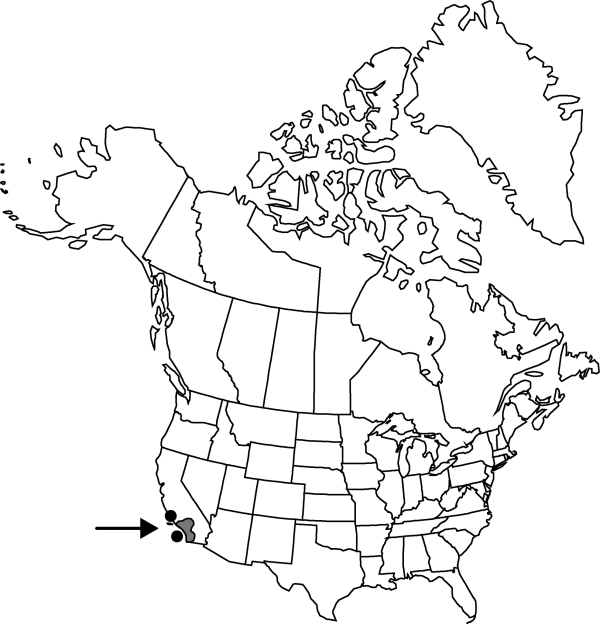Difference between revisions of "Atriplex coulteri"
Syn. Pl. 5: 537. 1852.
FNA>Volume Importer |
FNA>Volume Importer |
||
| Line 8: | Line 8: | ||
}} | }} | ||
|common_names=Coulter’s orach | |common_names=Coulter’s orach | ||
| − | |basionyms={{Treatment/ID/ | + | |basionyms={{Treatment/ID/Basionym |
|name=Obione coulteri | |name=Obione coulteri | ||
|authority=Moquin-Tand on | |authority=Moquin-Tand on | ||
| + | |publication_title=in A. P. de Candolle and A. L. P. P. de Candolle, Prodr. | ||
| + | |publication_place=13(2): 113. 1849 | ||
}} | }} | ||
|synonyms= | |synonyms= | ||
| Line 52: | Line 54: | ||
|publication year=1852 | |publication year=1852 | ||
|special status= | |special status= | ||
| − | |source xml=https://jpend@bitbucket.org/aafc-mbb/fna-data-curation.git/src/ | + | |source xml=https://jpend@bitbucket.org/aafc-mbb/fna-data-curation.git/src/f6b125a955440c0872999024f038d74684f65921/coarse_grained_fna_xml/V4/V4_711.xml |
|genus=Atriplex | |genus=Atriplex | ||
|subgenus=Atriplex subg. Obione | |subgenus=Atriplex subg. Obione | ||
Revision as of 20:02, 24 September 2019
Herbs, perennial, sometimes flowering as an annual, spreading 0.7–10 dm, slightly woody at base. Stems frequently tinged with red, much branched, sparsely scurfy. Leaves many, sessile or short petiolate; blade obovate, oblong, oblanceolate, or elliptic, (5–)7–20 × 1–3(–5) mm, base cuneate, margin entire, apex acute. Staminate flowers in glomerules in distal axils and short terminal spikes. Pistillate flowers in small axillary clusters. Fruiting bracteoles sessile or subsessile, broadly obovate, 2–3 mm and as broad or about as broad, united 1/2 of length, margin free, deeply and sharply dentate, narrowed at summit, faces smooth or sometimes tuberculate. Seeds brown, 1.3–1.5 mm.
Phenology: Flowering spring–fall.
Habitat: Somewhat alkaline or clay low places, valley grasslands, coastal sage scrub, coastal slopes
Elevation: 0-500 m
Discussion
Of conservation concern.
Atriplex coulteri is closely allied to the geographically disjunct A. fruticulosa, from which it is said to differ in the compressed, small (2.5–3 mm) versus thickened and larger (3–5 mm) bracts. Specimens of A. fruticulosa, including the type, examined by me have bracteoles compressed-thickened, but hardly “globoid” as stated in the key to the species by H. M. Hall and F. E. Clements (1923). Additional specimens borrowed from California might clarify the situation; otherwise the two species are sufficiently close as to be treated as a single entity.
Selected References
None.
